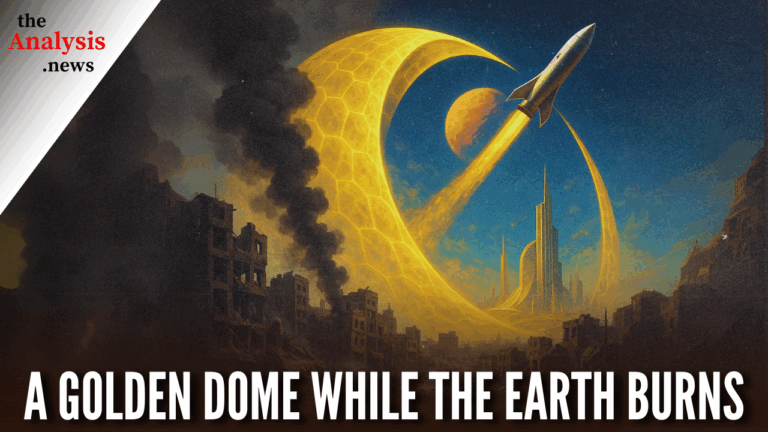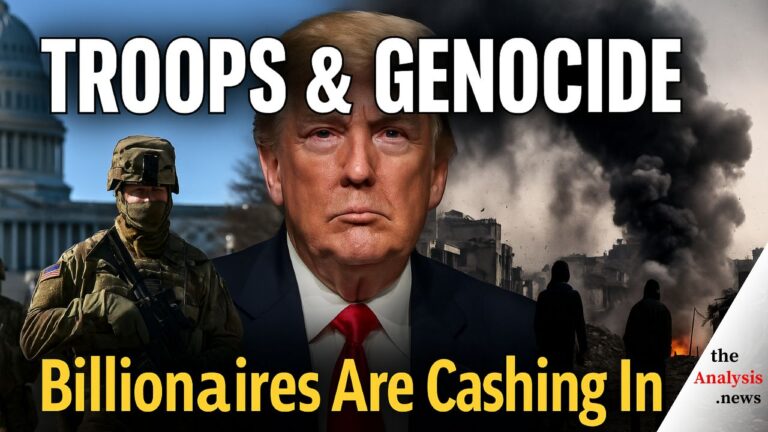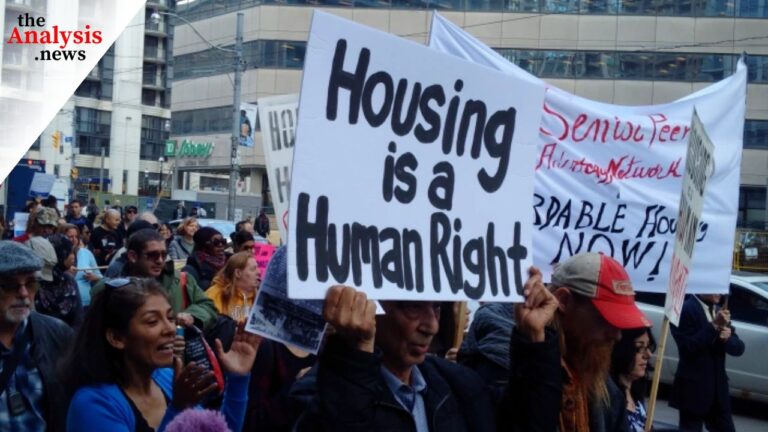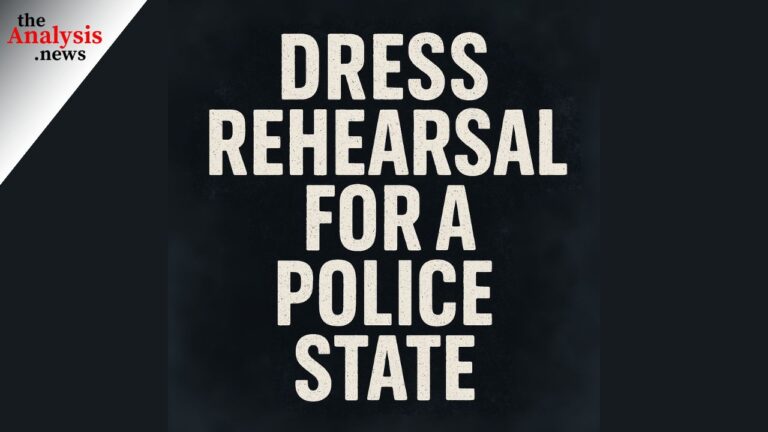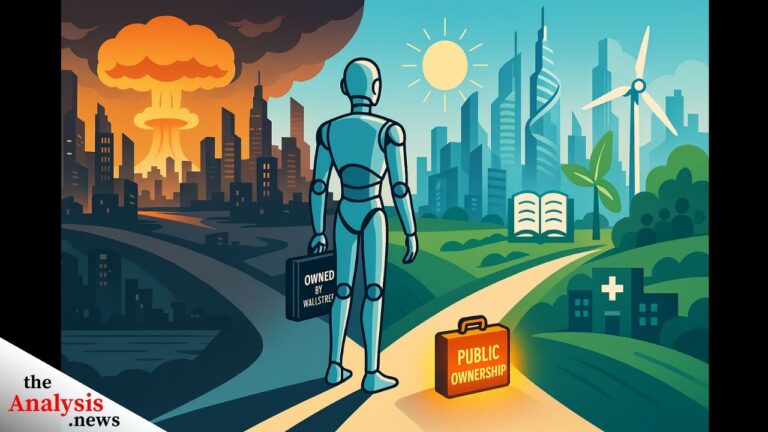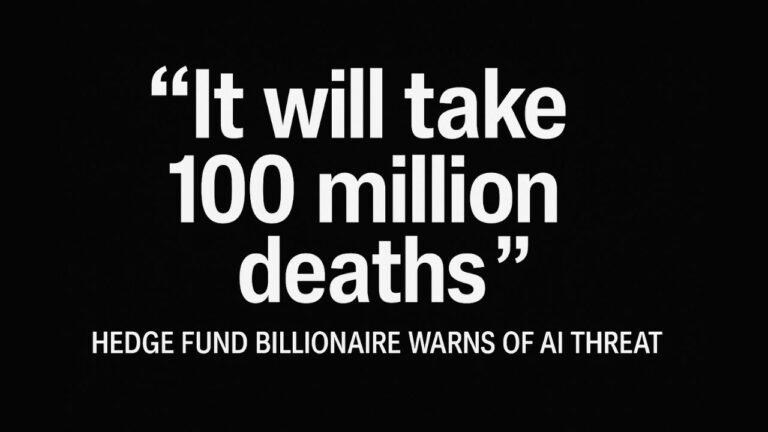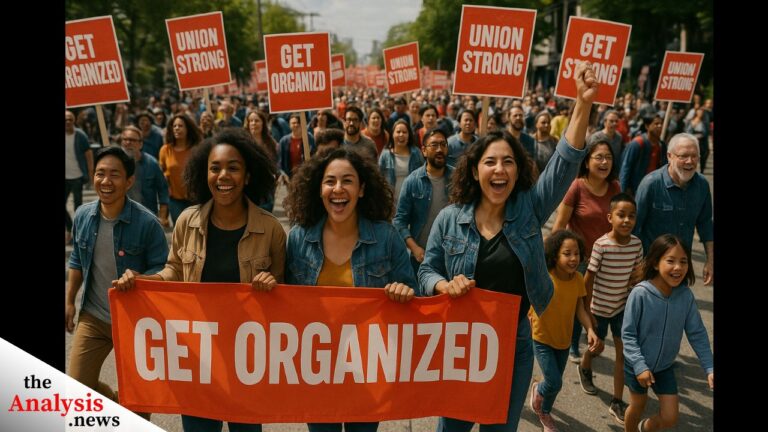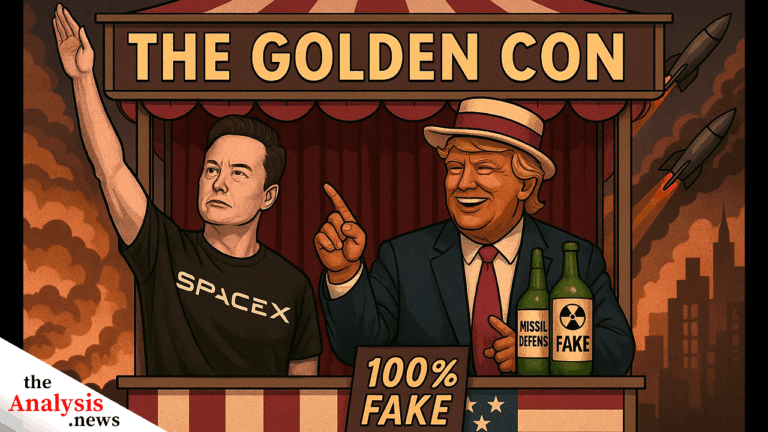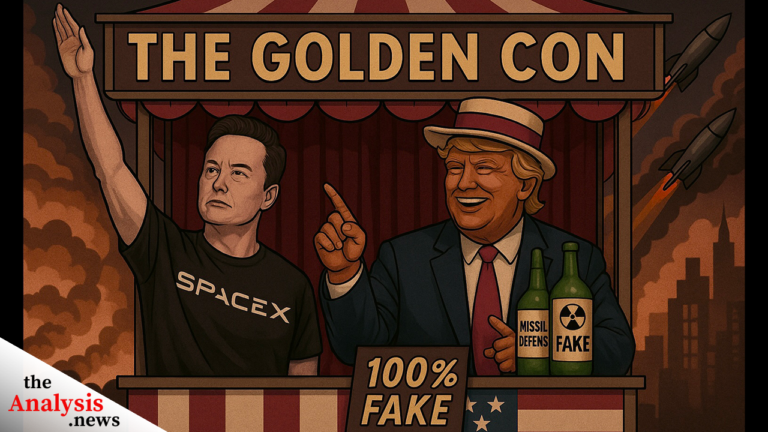On August 12, 2025, Donald Trump sent the National Guard into Washington, D.C., just months after deploying troops and Marines into Los Angeles. While militarizing U.S. cities, he stands by as a genocide unfolds in Gaza — shielding Israel diplomatically while U.S. defense contractors profit.
This republished investigation, Trump’s Unholy Alliance, exposes the billionaire-tech, Christian nationalist, and far-right networks behind Trump’s rise. They plan to weaken — or dismantle — what’s left of American democracy. From Peter Thiel’s Palantir AI systems aiding Gaza airstrikes, to Lockheed Martin’s jets and bombs, these same firms stand to cash in on Trump’s “Golden Dome” missile defense and militarization of space — a project that could make nuclear war more likely.
January 6 was only the rehearsal. This is the playbook — at home, abroad, and in orbit.
Watch the full investigation now.
